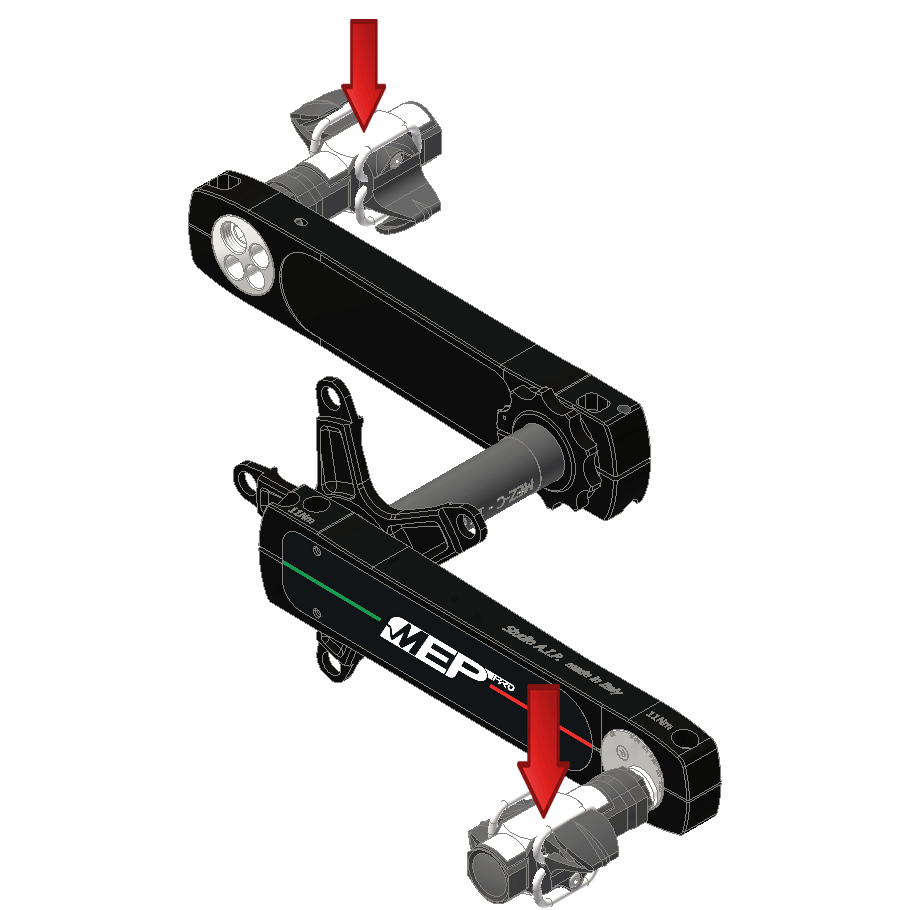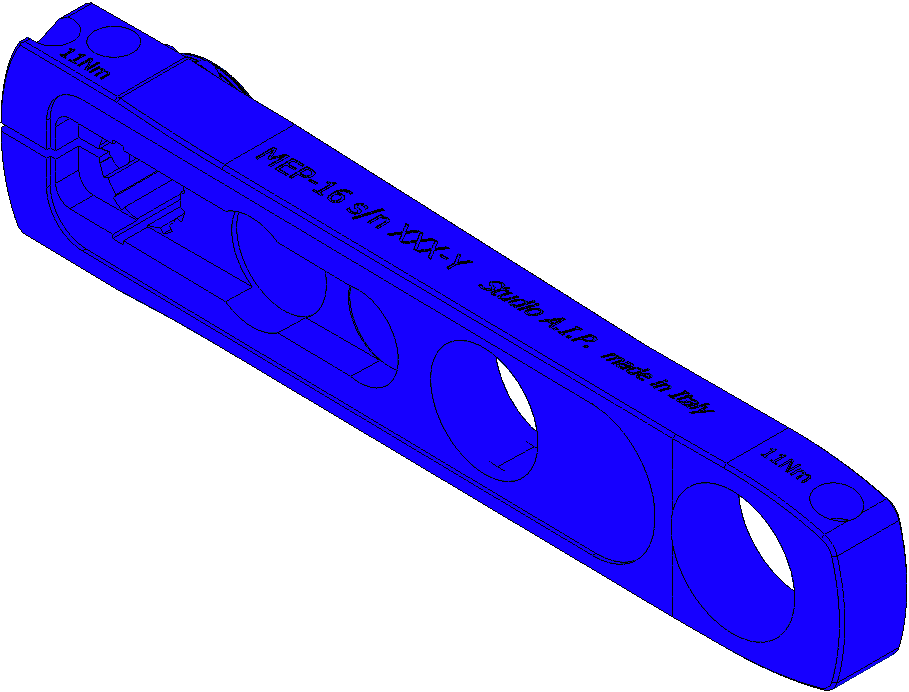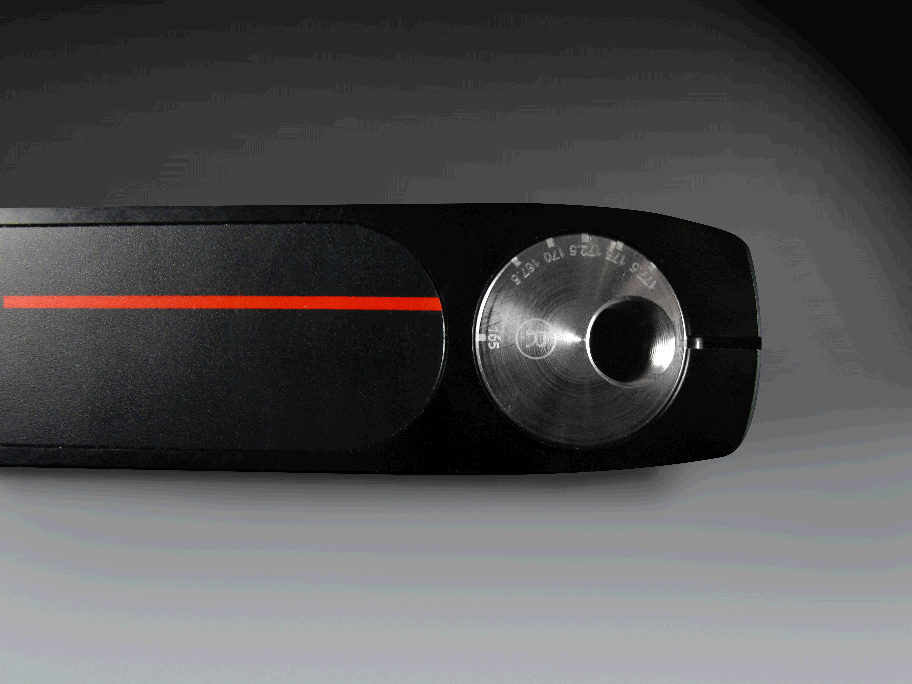During the pedalling, our body exerts a force over the pedal at a certain distance from the crank arm. This happens for both legs indipendently of each other, whereas the combination of both movements allows to complete a full turn to the pedals. Power and nimbleness are also influenced by the length of the crank arms.
A full qualified pedalling analysis requires to know not only how much strong we push, but especially how we do that during the entire stroke of each leg. With this data, Biomechanics own objective quantities to compare different bike setups, perform accurate ergonomic analysis, and fit the athlete on its bike preventing injuries.
In years of intensive work and experience in the electronic instrumentation of bike components, Studio AIP brought out and then patented the MEP PRO technology: for each leg, the pushing (and pulling) force is directly measured along the entire pedal stroke at high sampling rates; at the same time, the position of the pushing force is precisely measured.
The MEP PRO system main innovation is tied to the separate, indipendent, and detailed measure of the full behaviour of each leg.



